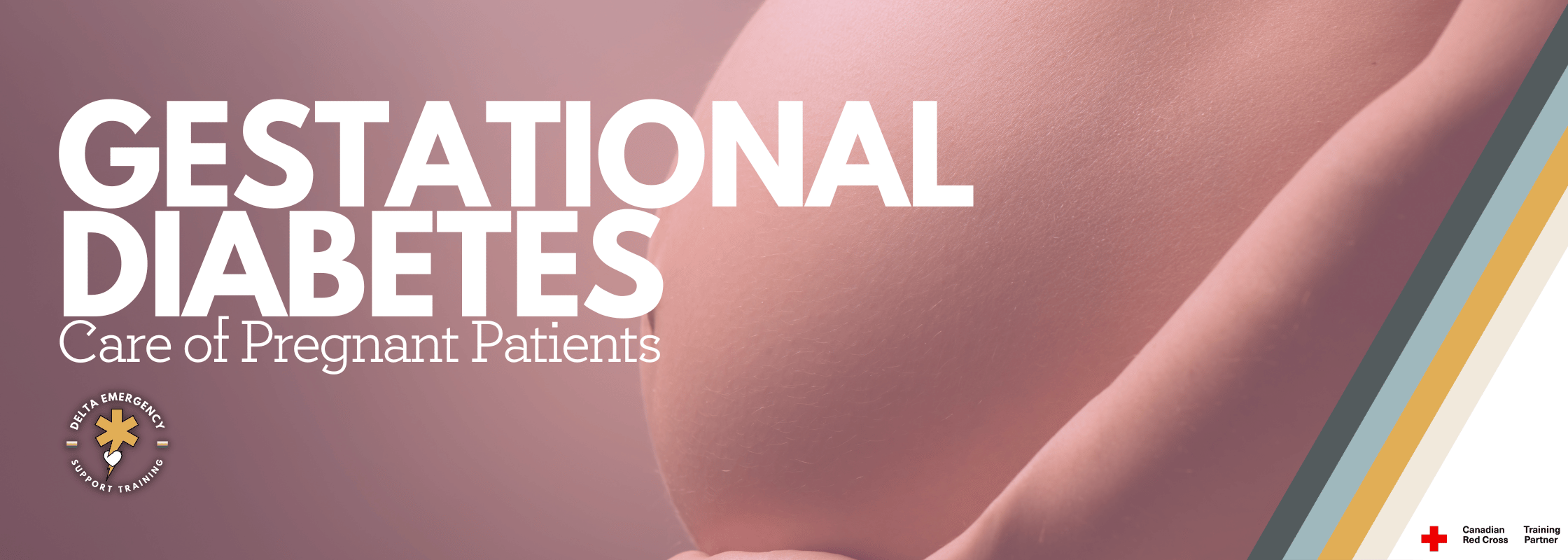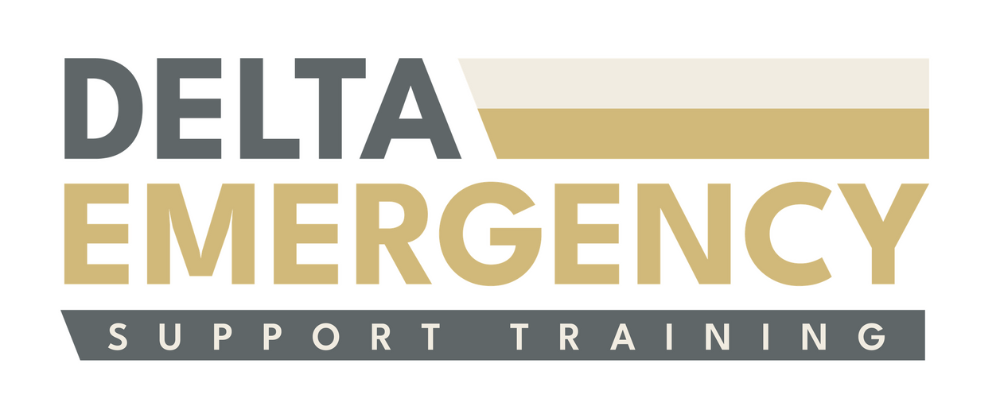Gestational Diabetes Explained: Prehospital Care for Expectant Mothers
/When called to assist a pregnant patient, responders must recognize that not all complications are immediately visible. One condition that often hides beneath the surface — yet poses significant risk — is gestational diabetes mellitus (GDM).
While it typically develops during the second or third trimester, its effects can influence both maternal stability and fetal well-being, especially in medical emergencies. Recognizing the signs, risk factors, and potential complications can help first responders make better decisions in the field.
🚨 Understanding Gestational Diabetes
Gestational diabetes occurs when the body cannot produce enough insulin to manage the increased glucose demands during pregnancy. Placental hormones naturally create some insulin resistance, but when this becomes excessive, blood sugar levels rise.
The condition usually appears between 24 and 28 weeks of pregnancy and resolves after childbirth. However, it can still cause acute or secondary emergencies requiring prehospital attention.
⚠️ Why It Matters for First Responders
For most of pregnancy, gestational diabetes remains well managed under medical supervision. But when blood glucose levels shift too far in either direction — hypoglycemia or hyperglycemia — both the mother and the fetus are at risk.
Responders may encounter gestational diabetes as:
A primary medical call (e.g., dizziness, confusion, syncope)
A secondary complication during another event (e.g., trauma, labor)
An underlying condition worsening another emergency (e.g., dehydration, infection)
Understanding how to identify, assess, and communicate these findings can make a major difference in patient outcomes.
🧠 Scene Awareness and History Gathering
Early recognition begins with observation and questioning. If the patient is pregnant, always consider gestational diabetes as a possible factor in altered presentations.
Ask or note the following:
Gestational age (how far along is she?)
Known diagnosis of gestational diabetes
Use of insulin or oral diabetic medication
Timing of last meal and fluid intake
Recent changes in behavior or consciousness
Other complications (pre-eclampsia, infection, dehydration, trauma)
Check for medical alert jewelry, glucose monitoring equipment, or insulin pens in the patient’s bag or purse. These clues often confirm a pre-existing diagnosis.
🩸 Recognizing Abnormal Blood Glucose Presentations
Hypoglycemia (Low Blood Sugar)
Can occur due to missed meals, overuse of insulin, or increased physical activity.
Signs and symptoms may include:
Pale, cool, clammy skin
Shakiness, weakness, or dizziness
Headache or blurred vision
Confusion, irritability, or unusual behavior
Rapid pulse or diaphoresis
Possible decreased level of consciousness or seizures
Immediate care:
If the patient is alert and able to swallow, administer oral glucose as per local protocol.
If unresponsive, manage the airway, check for breathing and circulation, and prepare for rapid transport.
Notify receiving staff of the pregnancy and suspected diabetic episode.
Hyperglycemia (High Blood Sugar)
May result from missed insulin doses, illness, infection, or poor dietary control.
Signs and symptoms may include:
Warm, dry skin
Excessive thirst and urination
Nausea and vomiting
Weakness or fatigue
Fruity or acetone-like breath odor (late sign)
Altered level of consciousness
Immediate care:
Perform a full primary and secondary assessment.
Ensure airway, oxygenation, and hydration as appropriate.
Do not administer insulin in the field unless authorized under medical direction.
Transport promptly, monitoring vitals closely.
🤰 Possible Complications You May Encounter
Gestational diabetes increases the risk of several emergencies:
Pre-eclampsia (high blood pressure, headache, visual changes, edema)
Preterm labor
Fetal distress
Large-for-gestational-age infant (macrosomia) leading to labor complications
Neonatal hypoglycemia after delivery
When responding to a pregnancy-related emergency, these background risks should always inform your assessment and report to the hospital.
🧭 Responder Considerations
Monitor vitals regularly, especially blood pressure, pulse, respiratory rate, and LOC.
Check blood glucose if permitted under your scope of practice.
Position the patient on her left side to improve circulation and reduce pressure on the vena cava.
Be cautious during transport — supine positioning can worsen hypotension and fetal oxygenation.
Always consider dual patient care — every pregnant call involves both mother and baby.
🩺 Communication and Handover
Provide a thorough report that includes:
Gestational age
Known gestational diabetes diagnosis
Any glucose readings or observed symptoms
Medications taken (insulin, oral agents)
Any complications or abnormal fetal movement reports
Clear, concise information ensures continuity of care and helps hospital staff intervene quickly.
✅ Key Takeaways
Gestational diabetes is a temporary diabetic condition that develops during pregnancy.
It can cause hypoglycemia or hyperglycemia, each with distinct field presentations.
Assessment, airway management, and rapid transport are key responsibilities for first responders.
Always consider both maternal and fetal safety in decision-making.
Early recognition and communication can prevent serious complications for both patients.
🚑 Final Thought
For first responders, every pregnant patient requires careful observation and informed assessment. Gestational diabetes may not always be obvious, but understanding its potential impact — and knowing how to recognize subtle signs — can mean the difference between a routine call and a critical save.




